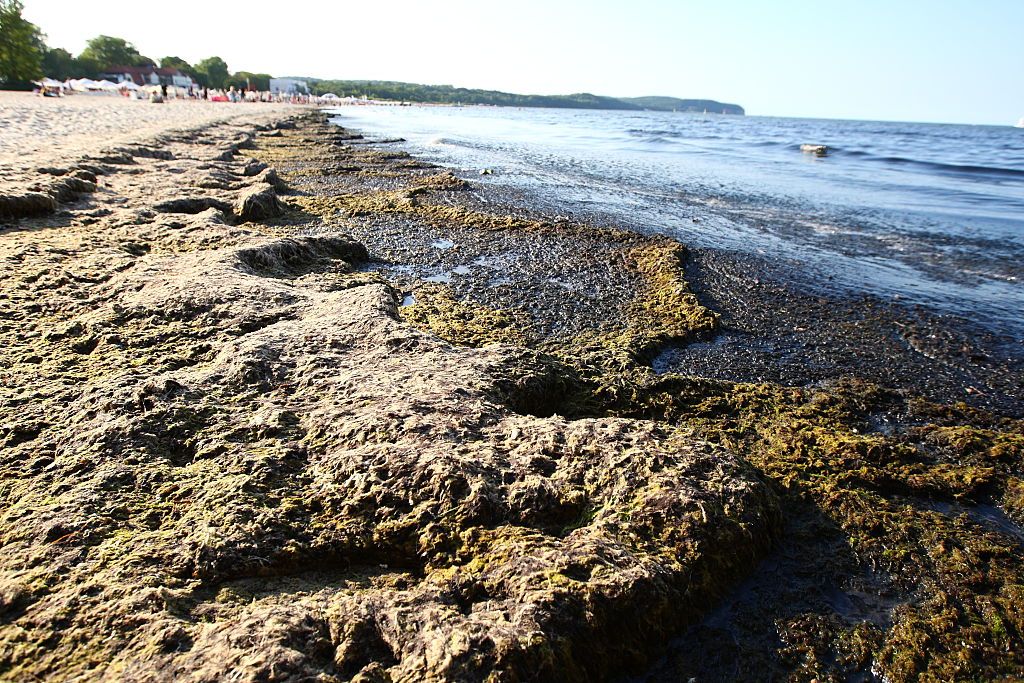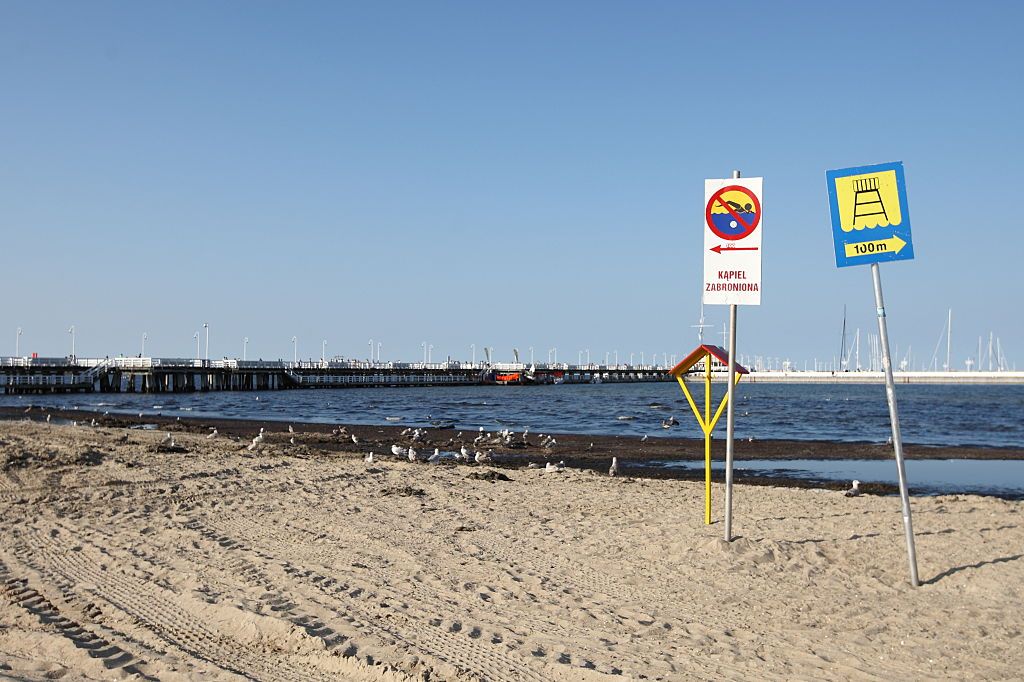There are signs that point towards a similar prehistoric event referred to as the ‘Great Dying’
Scientists are worried that the current impact the human race is having on the planet could be leading to an ecological disaster that would result in the mass extinction of life on Earth.
According to a Nature Communications study published last week, a proliferation of harmful and, in some cases, lethal “algal and bacterial blooms linked to deforestation, soil loss and global warming” are becoming increasingly frequent in lakes and rivers across the globe.

Furthermore, these blooms – which directly correlate to human activity – can “inhibit the recovery of freshwater ecosystems for hundreds of millennia”. The last time this was thought to have happened was some 251 million years ago in what is called the end-Permian event (EPE) – more colloquially known as the ‘Great Dying’.
Not unlike the asteroid that wiped out the dinosaurs or the Ice Age that put an end to the majority of species on Earth, the EPE wiped out 90 per cent of all fauna, making it the most severe loss of life in our planet’s history. As if it needed explaining, any impact on the food chain has a profound knock-on effect on the surrounding ecosystem.
The study goes on to explain how in the following three million years, “algae and bacteria thrived within short-lived, poorly-oxygenated, and likely toxic lakes and rivers” and that data indicates that “microbial blooms are persistent freshwater ecological stressors during warming-driven extinction events – i.e. global warming.
Whilst these were naturally occurring phenomena and ecological events back then, the major difference with this potential event is that it is being massively exacerbated and catalysed by human activity – meaning that the impact could not only be felt for millions of years after but arrive much sooner than if it was naturally occurring.

Speaking to Vice in an email, Chris Mays – the leader of the team behind the research – said: “We are not there yet. There was probably a six-fold increase in carbon dioxide during the EPE, but today carbon dioxide levels haven’t yet doubled since pre-industrial times.”
However, he goes on to say that “with the present steep increase in carbon dioxide, we’re playing catch-up pretty well”, adding that “the chances of harmful microbial bloom events, along with many other deleterious facets of change (e.g., intense hurricanes, floods, wildfires), also rise… all the way up this steep carbon dioxide slope.”
He cautions further that humans continue to provide the substances for these toxic blooms “in abundance”, while caveating that “we have the opportunity to prevent these toxic blooms by keeping our waterways clean and curbing our greenhouse gas emissions.”
Related links:
- Fifty-six percent of young people think humanity is doomed
- Once-in-a-century solar storm could plunge world into ‘internet apocalypse’
- Insulate Britain protestor storms off GMB after clash with Richard Madeley






































